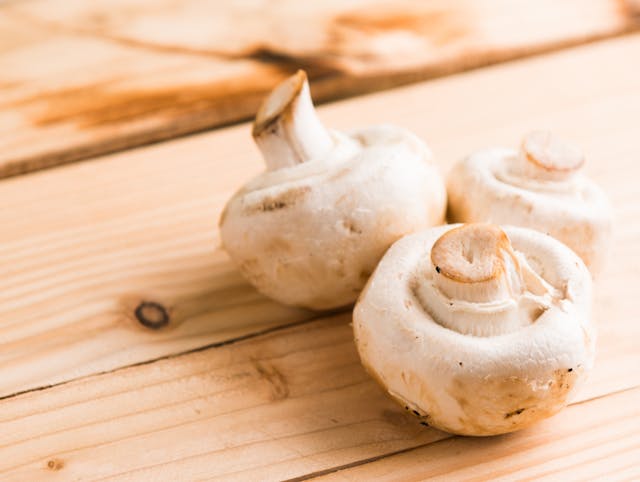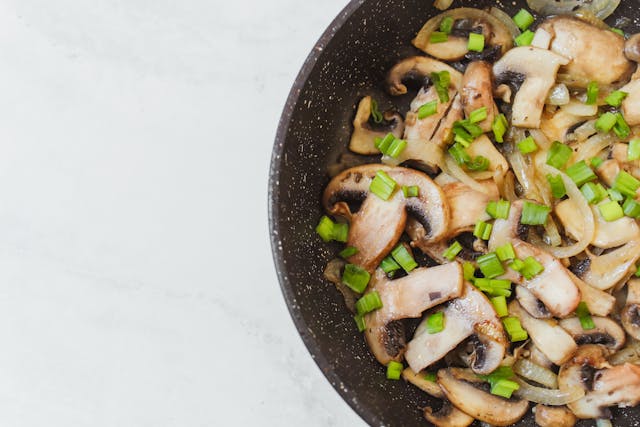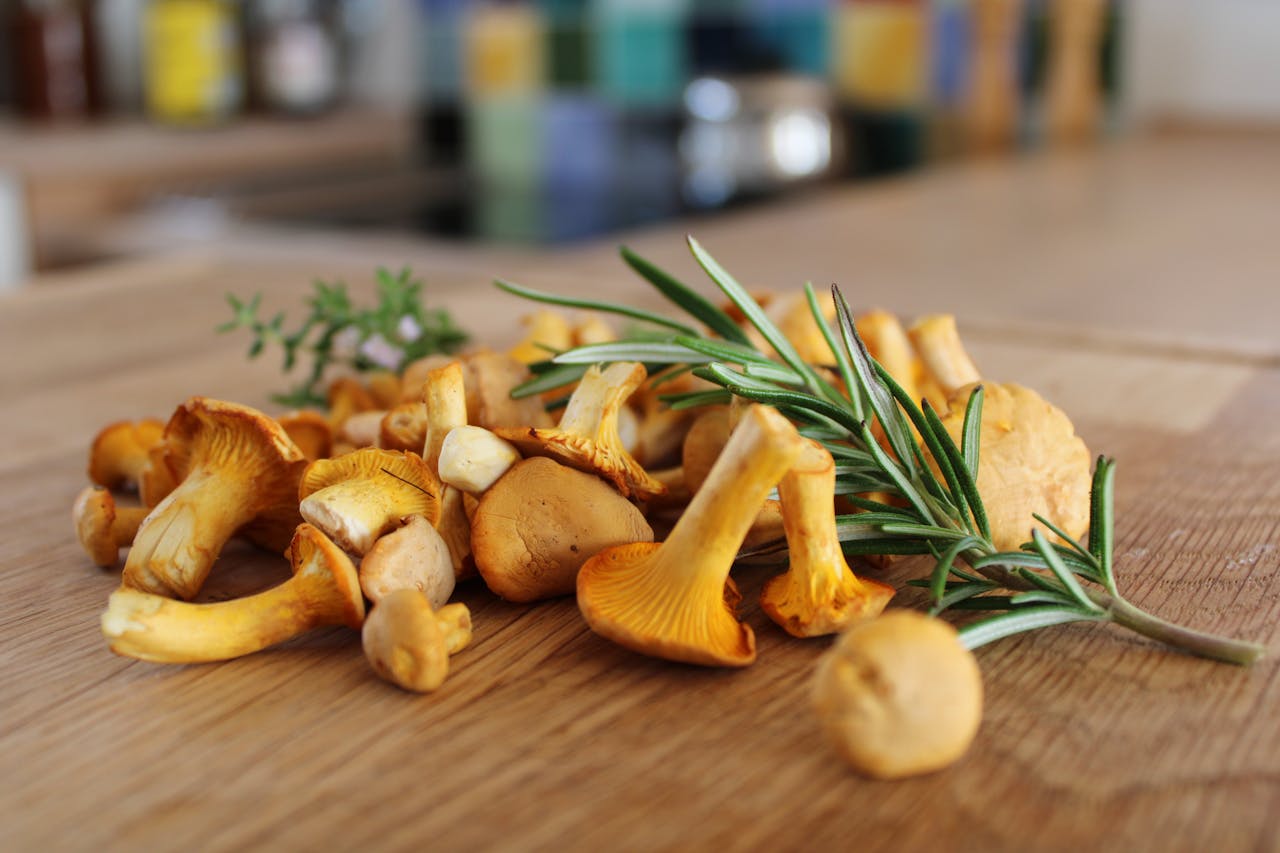Vitamin D is a popular vitamin among all of the generations, and for a good reason! It’s key to supporting our immune system and strengthening our skeletal system.
A study published in Frontiers in Nutrition reported that between 2000 and 2022, approximately 15.7% of the global population aged 1 year or older had vitamin D levels below 30 nmol/L, which is a sign of deficiency.
Find out how to get more of this super vitamin besides the usual sun technique.
Mushrooms, really?
The government and nutritionists remind us it is essential to find good natural sources of Vitamin D all year and to support them with supplements over the winter months (Oct-Apr). During the summer months, we can produce vitamin D from sunshine.
However, those long winter months seem like a never-ending cycle of snow, rain, and bad moods.

Did you know you can get some of your vitamin D from food sources? While salmon and eggs are the classic examples and are certainly good ones, there is a surprising plant source of vitamin D that’s often overlooked, too: mushrooms.
Mushrooms contain a range of nutrients, including B vitamins, minerals, antioxidants, and fibre, another important nutrient for immune health. But their vitamin D content is unique amongst the plant world.
What to watch out for when choosing mushrooms for Vitamin D?
Mushrooms are one of the few foods that naturally contain vitamin D, but the content will vary dramatically depending on how they are grown, so make sure you check your mushroom sources.
If they are grown in the dark, then they will have low levels of vitamin D present and cannot be considered a source of vitamin D.
Mushrooms can be enriched by vitamin D in a few ways:
- by growing the mushrooms outdoors in the light
- moving moved outside for their last few days
- shine a UV light source on them in the factory during packing (this is the most popular method)
Research indicates that exposing mushrooms to ultraviolet (UV) light significantly enhances their vitamin D₂ content. For example, a study conducted in 2008 found that exposing white button mushrooms to UV-B light at a dose of 25 kJ/m² increased vitamin D₂ levels to 36.7–106.4 µg/g dry weight.
What does this mean?
This shows us that the enhanced level of vitamin D in mushrooms exposed to UV light means that a portion of these mushrooms ( e.g. 4-5 chestnut mushrooms or a large portobello mushroom, or 80g) can provide us with a delicious source of our daily recommended intake of vitamin D (10mcg / 400iu).
Do it yourself
You can easily do a similar thing at home by following a few simple steps:
- Choose your favorite mushrooms
- Place them in direct light (garden or balcony) or windowsill
- Make sure the time is right, optimally between 11 and 15h when the sun is at its peak
- Expose them for one hour
- Use them in your meal as a natural vitamin D source!
The levels of vitamin D in mushrooms will depend on the level of UV light present that day, but basically, the stronger the sunlight, the more vitamin D they’ll produce.
Do cooked mushrooms have vitamin D?
Often while preparing meals with vegetables, you might wonder if placing those veggies in hot oil or boiling water will ruin all the good these superfoods provide for us. As with most things, it depends. In this case, it depends on the type of vegetables you are using, and in the case of mushrooms, you don’t need to worry because there is a study coming to the rescue.
During this research, button mushrooms (the ones we usually find in supermarkets) were UV-irradiated and then cooked in three different ways:
- frying (5 min),
- baking (10 min, 200 °C) and
- boiling (20 min, 90 °C).

What were the results?
It found that frying and baking preserved more than 95% of the vitamin D2, making these mushrooms a good source of vitamin D even after cooking.
However, I must add that boiling mushrooms led to slightly less vitamin D retention than frying and baking, but still plenty enough to achieve your dosage.
References
1. Cui, A., Zhang, T., Xiao, P., Fan, Z., Wang, H., & Zhuang, Y. (2023, February 27). Global and regional prevalence of vitamin D deficiency in population-based studies from 2000 to 2022: A pooled analysis of 7.9 million participants. Frontiers. https://www.frontiersin.org/journals/nutrition/articles/10.3389/fnut.2023.1070808/full
2. Ko, J. A., Lee, B. H., Lee, J. S., & Park, H. J. (2008). Effect of UV-B Exposure on the Concentration of Vitamin D2 in Sliced Shiitake Mushroom (Lentinus edodes) and White Button Mushroom (Agaricus bisporus). Journal of Agricultural and Food Chemistry, 56(10), 3671–3674. https://doi.org/10.1021/jf073398s
3. Cardwell, G. Bornman, J., James A.P., Daly, A., Dabos, G., Adorno, P., Jakobsen,J., Dunlop, E., Black,L. (2023). Effect of household cooking on the retention of vitamin D2 and 25-hydroxyvitamin D2 in pulse UV-irradiated, air-dried button mushrooms (Agaricus bisporus). Food Chemistry, 424, 136387, 0308-8146.https://doi.org/10.1016/j.foodchem.2023.136387.
